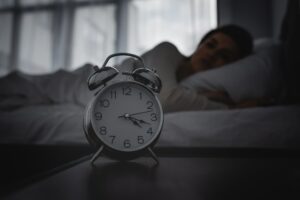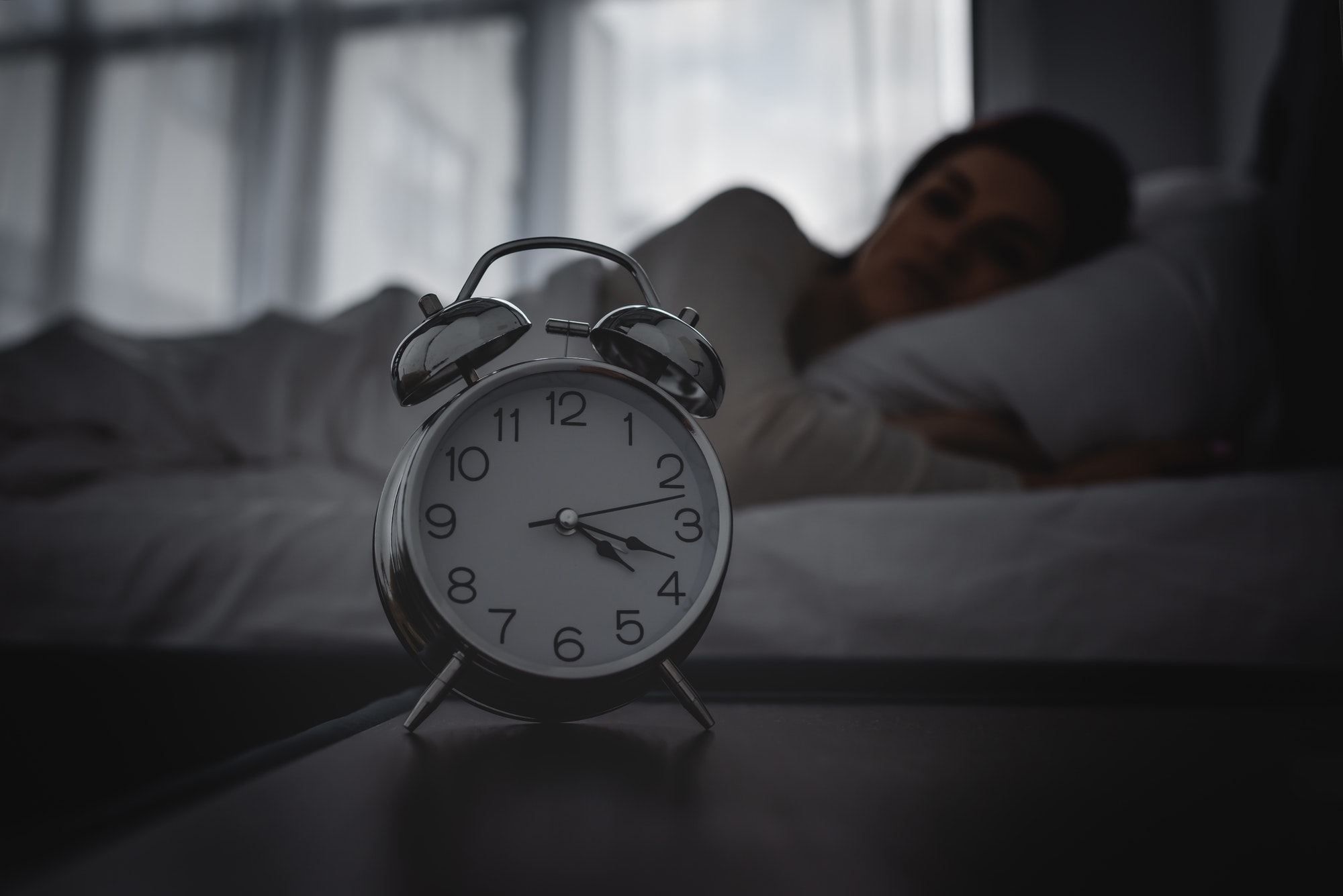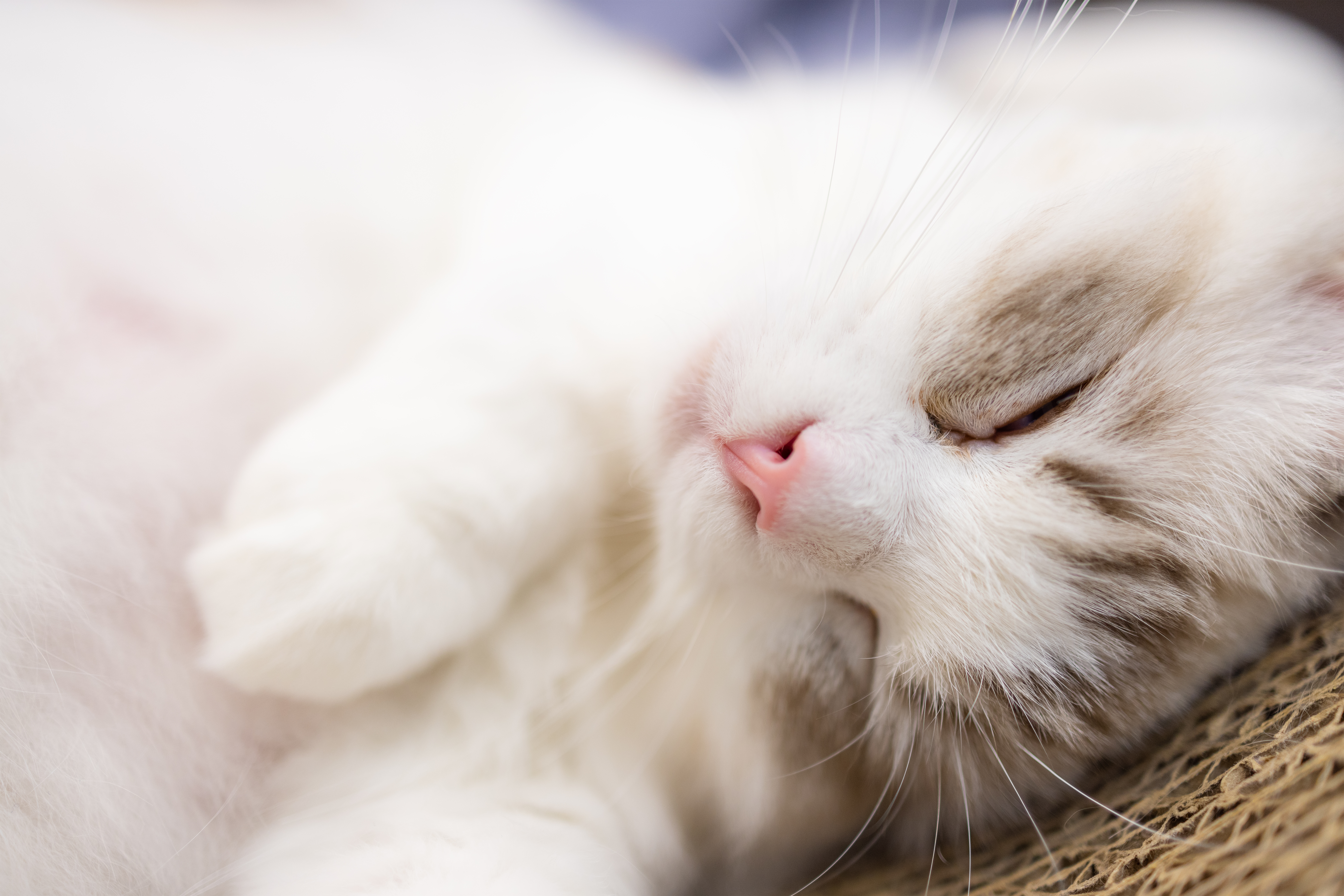In the relentless pace of the 21st century, a good night’s sleep has become a coveted commodity. The quality of our slumber is intricately tied to our daily routines and the environments we inhabit. Understanding and nurturing our circadian rhythm—the internal clock that dictates our sleep-wake cycle—is crucial for optimal health and well-being. By adopting a series of evidence-based strategies, from deliberate light exposure to meticulous sleep tracking, we can harness our body’s natural rhythms to improve sleep quality, bolster mood, and enhance cognitive function. Let’s journey to reclaim restorative sleep, guided by the latest insights from sleep science.
The Significance of Natural Light
Embracing the Morning Glow
Our body’s internal clock is finely tuned to the natural light-dark cycle. Morning light exposure is particularly critical in signalling the start of our daily wake phase. Stepping outside shortly after waking up, even briefly, can anchor our circadian rhythm, promoting alertness and setting the tone for the day.
Adapting to Overcast Conditions
Cloudy days needn’t cloud our circadian alignment. By doubling down on our outdoor light exposure on less sunny days, we can compensate for the diminished light intensity and maintain the synchrony of our internal clocks with the external environment.
Considerations for Protective Eyewear
While it’s generally advisable to reduce barriers between our eyes and natural light during these exposure sessions, it’s also important to acknowledge the balance between circadian health and ocular safety. Hence, direct sun-gazing is strictly off-limits, and protection should be employed whenever light intensity threatens comfort or eye health.
The Power of a Consistent Sleep-Wake Cycle
The Virtue of Regularity
A steadfast sleep schedule is the backbone of circadian health. By waking up and retiring to bed at the same times daily, we reinforce our natural sleep-wake pattern, which can stave off insomnia and fragmented sleep.
The Caffeine Conundrum
Understanding our caffeine cutoff time can be transformative for sleep quality. Some may metabolize caffeine quickly, while others require a longer buffer before bedtime to ensure their sleep remains undisturbed.
Integrating Technology for Enhanced Sleep
Harnessing Digital Solutions
Applications like Reveri showcase how technology, often a culprit of sleep disruption, can also be repurposed to foster relaxation and facilitate sleep through guided self-hypnosis sessions.
Navigating Artificial Light at Night
Controlling exposure to bright light, especially during the pre-sleep hours, is essential for preserving our natural sleep cycle. Employing dimmers or using low-intensity lamps can mimic the natural progression to darkness, prepping our body for rest.
Strategic Napping and Nocturnal Awakenings
The Fine Line of Daytime Naps
Naps can be rejuvenating but should be cautiously approached to avoid intruding on nighttime sleep. Brief, early-afternoon naps are generally considered beneficial, provided they don’t extend beyond the 90-minute mark.
Responding to Midnight Wakefulness
When night awakenings occur, it’s beneficial to engage in soothing, non-stimulating activities. Techniques like NSDR and Yoga Nidra can be particularly effective in easing the mind back into sleep.
Supplements for Sleep Optimization
Mindful Supplementation
Individual reactions to supplements can vary, making it important to introduce them gradually and one at a time. Substances like magnesium, apigenin, and theanine have been associated with improved sleep but should be tailored to individual tolerances and needs.
Awareness of Pre-Sleep Alertness
A spike in alertness before bedtime is a natural phenomenon. Recognizing this can alleviate the stress associated with the unexpected burst of energy and help maintain a calm pre-sleep routine.
The Role of Sleep Tracking
The Insightful Sleep Diary
Keeping a sleep diary can be an enlightening exercise, offering personalized insights into the patterns and habits that affect our sleep. By diligently recording bedtime, wake-up times, quality of sleep, and any nocturnal disturbances, we can identify trends and triggers that may impede our rest. This data becomes a powerful tool for informed discussions with healthcare providers and can guide adjustments in our sleep strategies.
Crafting the Optimal Sleep Environment
The Sanctity of the Sleep Space
Creating an environment conducive to sleep is as important as any behavioural intervention. A cool, dark, and quiet bedroom sets the stage for uninterrupted slumber and can significantly enhance sleep quality.
Modifiable Lifestyle Factors
The Influence of Substances
Alcohol and sleep medications often have a net negative effect on sleep architecture and are best minimized or avoided for those seeking high-quality sleep.
Sleep Needs Through Life’s Seasons
As we journey through different stages of life, our sleep requirements evolve. Staying attuned to these changes is crucial for maintaining sleep health and overall vitality.













